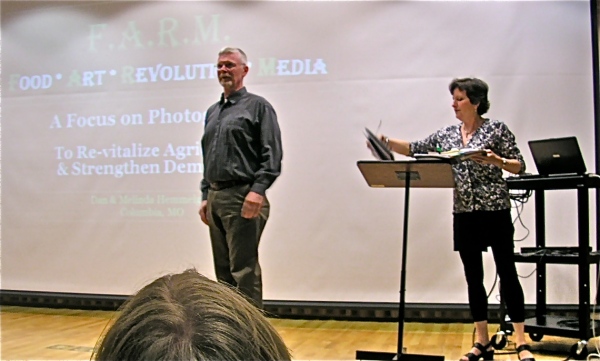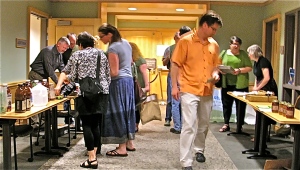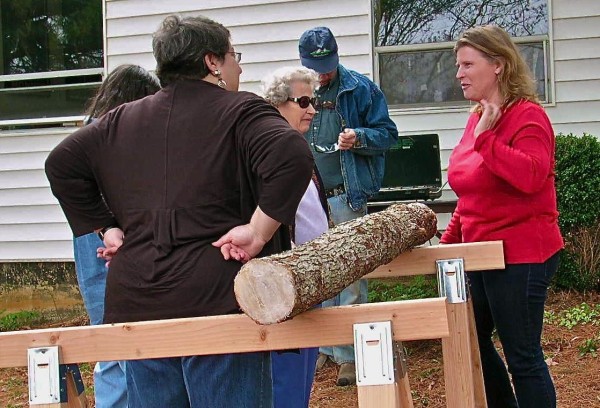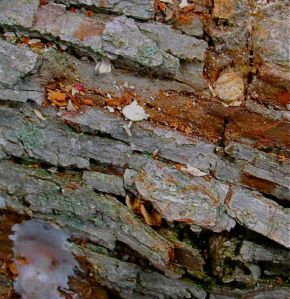These laws currently exist in 13 states and do things like banning photographers from taking pictures of food processing plants, or writing articles protesting farms that spray their crops with Monsanto poisons, or just discussing in the public press (and no doubt in blogs like this one) the disadvantages of non-organic farming.
The food disparagement movement has major corporate support (Monsanto, Dow, Buckeye Eggs and others) and haul people into court with their heavy economic advantage if the smallest criticism is raised. This has been going on since the 1990′s (a lot of it came out because of films like “Food, Inc.” or the works of Michael Moore.)
Senator Patrick Leahy (D – Vermont) made this statement in the late ’90s concerning this situation:
Some states permit lawsuits against those who question the safety of our food supply. It is my view that under the First Amendment, Americans possess the rightHere, here!
to raise safety and health concerns about the foods we eat, such as the levels of mercury in our fish or the levels of pesticides in imported foods. State laws that permit lawsuits against those who question the safety of foods can have a chilling effect on public health discourse. That is not the American way –healthy debate on issues of public concern is how this country does business.
The FoodSpeak Coalition highlights the chilling effect that these laws have on the exercise of free speech. Defamation laws should not intimidate citizens and the press who want to speak out about food safety.
Americans in all states must be allowed to openly debate issues of public health.
I spoke with a woman at the meeting last night whose 5-year work on a book concerning the dangers of chemical spraying on US Agriculture has been filed away indefinitely because she is afraid of lawsuit under food disparagement laws… and West Virginia doesn’t even have such laws. States like Iowa and Florida are affecting the entire country.

Related Articles
- FDA moves to Govern Global Food Laws (yourdaddy.net)
- Food Fight: Farmers Unite Against Monsanto (bigthink.com)
- Organic farmers file suit to protect themselves from Monsanto’s aggressive practices. (isiria.wordpress.com)
- Organic Farmers Unite Against Monsanto In Battle For Future of Food (singularityhub.com)
- GMO Foods and The Consumer (socyberty.com)
- Recipe for Food Safety (time.com)
- Monsanto Will Soon Be Allowed To Police Itself (fastcompany.com)
- Speak out on Monsanto… Tell the President… (underthelobsterscope.wordpress.com)
- Alfalfa a key battleground in organic farming war (theglobeandmail.com)
- How to identify Genetically Modified foods at Whole Foods… (underthelobsterscope.wordpress.com)

































